What are you looking for?
Search
Poly L Lactic Acid vs Hyaluronic Acid: Compare Popular Dermal Filler
As popular dermal filler, the comparison between poly l lactic acid vs hyaluronic acid has persisted since their inception. Whether it's the advocates of poly l lactic acid praising its ability to stimulate collagen production for a long-lasting, natural effect or the proponents of hyaluronic acid lauding its seamless integration with surrounding tissues and its exceptional safety profile with minimal allergic reactions, both sides present compelling arguments. How do we choose between these two excellent dermal fillers? Let's dive into a comprehensive comparison of these popular dermal filler to determine which might be the best fit for you.
Understanding Poly L Lactic Acid And Hyaluronic Acid
The first step in the poly l lactic acid vs hyaluronic acid comparison is understanding what each filler is and how it works.
Poly L Lactic Acid
Poly L Lactic Acid (PLLA) is a biodegradable, synthetic polymer that has been used in medical applications for many years. PLLA works by stimulating the body's own collagen production, which helps to restore volume and smooth out wrinkles over time. This process can take several months, but the results are long-lasting, often persisting for up to two years. The gradual collagen stimulation leads to a more natural-looking enhancement, as the changes occur slowly and subtly.
Advantages of Poly L Lactic Acid
1. Long-Lasting Results: One of the key advantages of poly l lactic acid is its ability to provide results that last for an extended period. The collagen stimulation continues even after the PLLA particles have been absorbed by the body.
2. Natural Appearance: Because PLLA works by encouraging the body to produce its own collagen, the enhancements tend to look more natural and less obvious than some other types of fillers.
3. Volume Restoration: PLLA is particularly effective for restoring volume in areas that have experienced significant loss, such as the cheeks and temples.
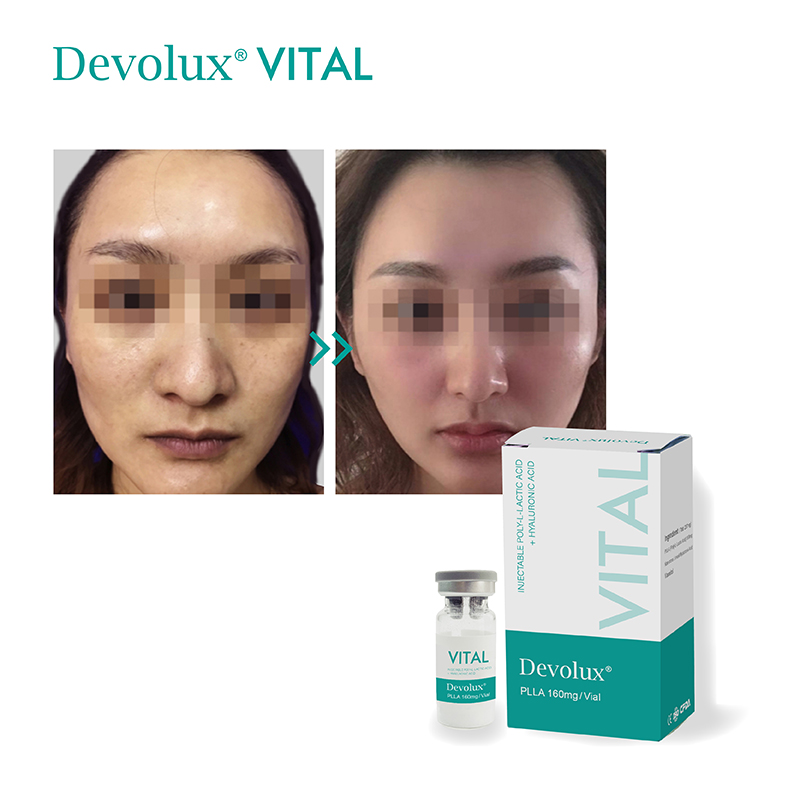
Hyaluronic Acid
Hyaluronic Acid (HA) is a naturally occurring substance found in the body, particularly in the skin, connective tissues, and eyes. HA fillers work by adding volume directly beneath the skin, which helps to smooth out wrinkles and fine lines. The effects of HA fillers are immediate, and they are known for their ability to integrate smoothly with the surrounding tissues, creating a subtle and natural-looking enhancement.
Advantages of Hyaluronic Acid
1. Immediate Results: Unlike PLLA, which takes time to show results, hyaluronic acid fillers provide immediate improvement. This can be a significant advantage for those seeking quick results.
2. High Safety Profile: Since HA is a substance naturally found in the body, the risk of allergic reactions is very low. This makes HA fillers suitable for a wide range of patients.
3. Adjustable and Reversible: HA fillers can be adjusted or even dissolved if the results are not as desired, offering a level of flexibility and control that is highly valued by both practitioners and patients.
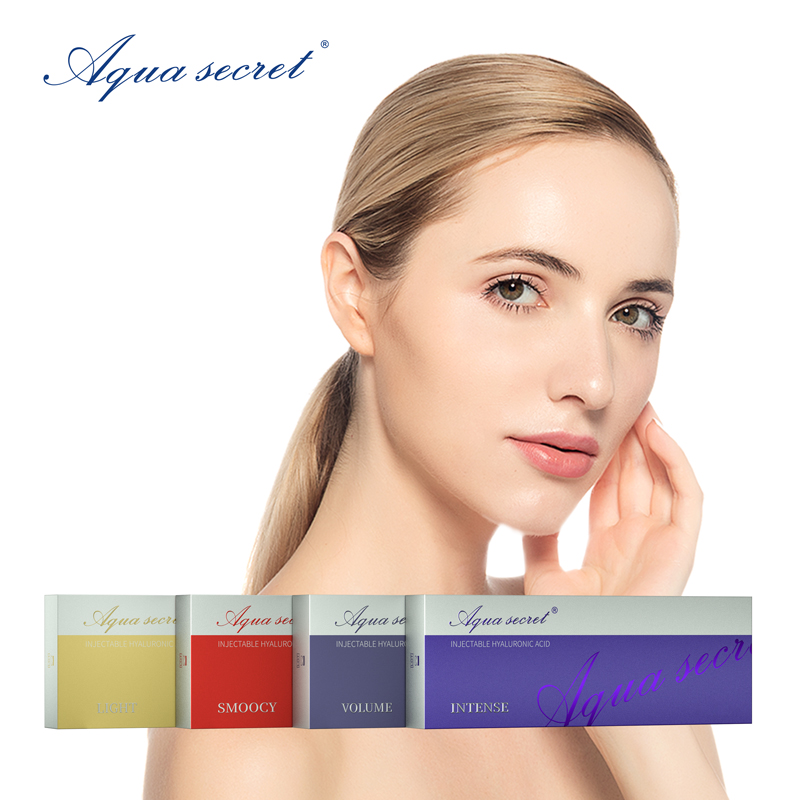
Comparing The Two Popular Dermal Filler
When comparing poly l lactic acid vs hyaluronic acid, several factors come into play, including the duration of results, the nature of the effects, safety profiles, and treatment areas.
Duration Of Results
- Poly L Lactic Acid: As previously mentioned, the results from PLLA fillers are long-lasting, often up to two years. This is because PLLA stimulates collagen production, which continues even after the filler has been absorbed.
- Hyaluronic Acid: HA fillers provide immediate results, but they typically last for six to eighteen months, depending on the specific product used and the area treated.
Nature Of Effects
- Poly L Lactic Acid: The gradual nature of PLLA’s effects can be advantageous for those seeking a natural-looking enhancement. The slow and steady collagen production leads to subtle, progressive improvements.
- Hyaluronic Acid: HA fillers offer instant gratification with immediate volume and smoothing effects. This makes them ideal for those looking for quick fixes and immediate results.
Safety Profiles
- Poly L Lactic Acid: While PLLA has a good safety profile, it does require multiple sessions to achieve the desired results, and there is a slight risk of nodule formation if not administered correctly.
- Hyaluronic Acid: HA fillers are known for their high safety profile and minimal risk of allergic reactions. They are also reversible, which adds an extra layer of safety.
Treatment Areas
- Poly L Lactic Acid: PLLA is particularly effective for restoring volume in larger areas such as the cheeks and temples. It is also used for deeper wrinkles and folds.
- Hyaluronic Acid: HA fillers are versatile and can be used in various areas, including the lips, under the eyes, and for fine lines around the mouth. Their ability to integrate smoothly with surrounding tissues makes them suitable for delicate areas.
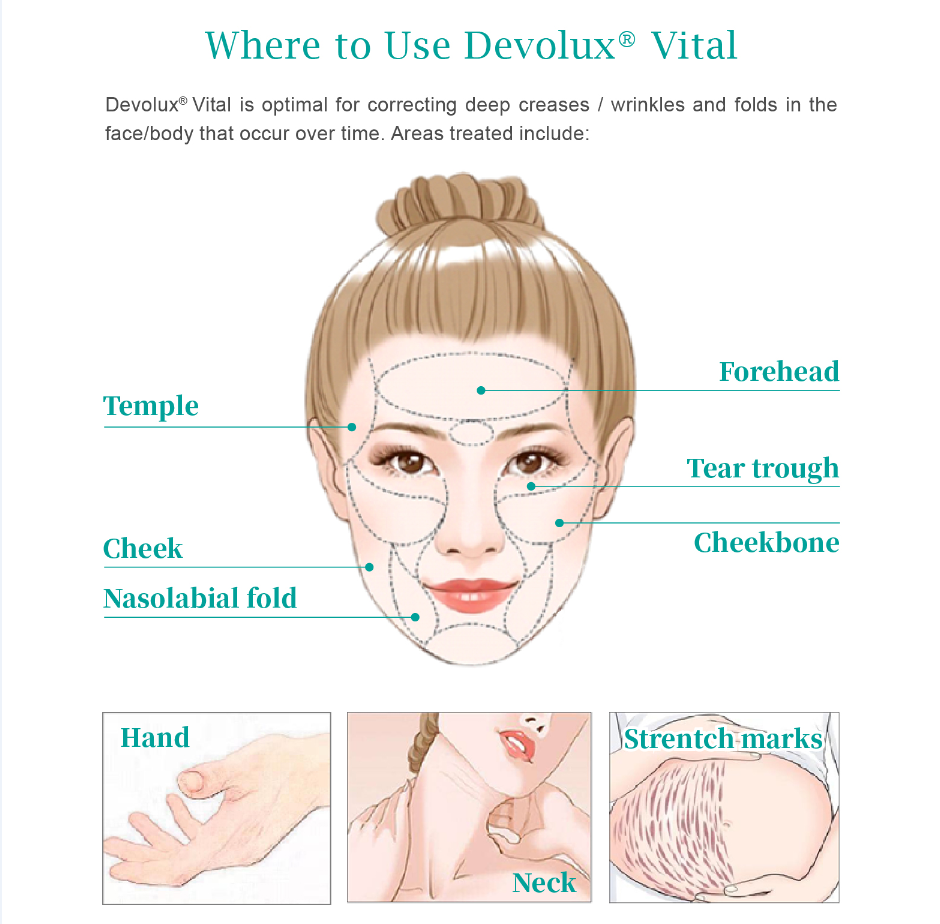
Devolux Vital: The Best Of Both Worlds
For those who find it challenging to choose between the unique advantages of poly l lactic acid and hyaluronic acid, Devolux® Vital offers a smart solution. This innovative product combines PLLA and HA in a single injectable formulation, providing the benefits of both fillers.
Advantages Of Devolux® Vital
1. Dual Action Formula: Devolux® Vital leverages the immediate volumizing effects of hyaluronic acid with the long-term collagen stimulation of poly l lactic acid. This dual action formula ensures both instant and enduring results.
2. Comprehensive Rejuvenation: By combining the two popular dermal filler, Devolux® Vital addresses both immediate and long-term needs, offering comprehensive facial rejuvenation.
3. Balanced Approach: The inclusion of HA in Devolux® Vital ensures immediate results, while the PLLA component gradually improves skin texture and volume over time. This balanced approach mitigates the limitations of each individual component.
4. Safety and Efficacy: Devolux® Vital inherits the high safety profiles of both HA and PLLA, making it a reliable option for a wide range of patients. The combination also reduces the risk of nodules associated with pure PLLA.
5. Versatility: The dual formulation allows Devolux® Vital to be used in various facial areas, from fine lines and wrinkles to larger volume deficits, providing a versatile solution for aesthetic practitioners.
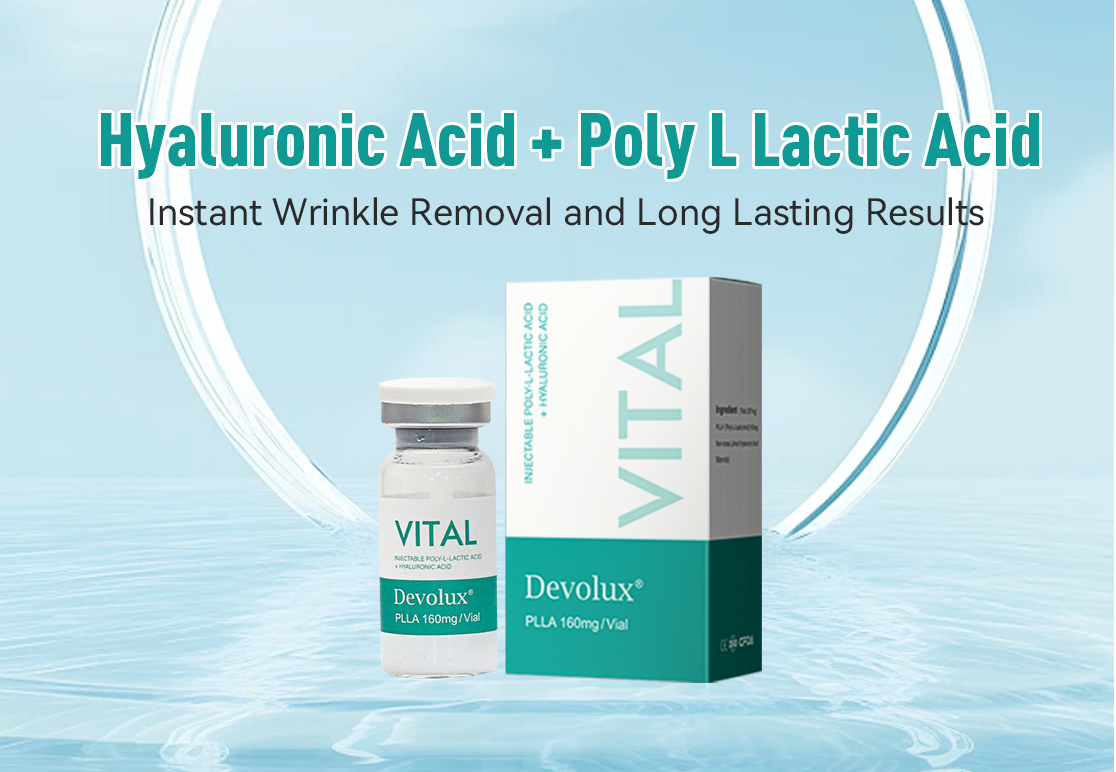
In the ongoing debate of poly l lactic acid vs hyaluronic acid, each popular dermal filler has its distinct advantages, making it difficult to choose the perfect one for individual needs. However, with Devolux® Vital, you no longer have to make that tough decision. This innovative product combines the best of both worlds, offering immediate results and long-lasting benefits, making it an ideal choice for those seeking comprehensive facial rejuvenation.
If you are interested in learning more about our products or wish to discuss how Devolux® Vital can meet your aesthetic needs, please feel free to contact us. Our team is ready to assist you in achieving your desired look with the best possible solutions.

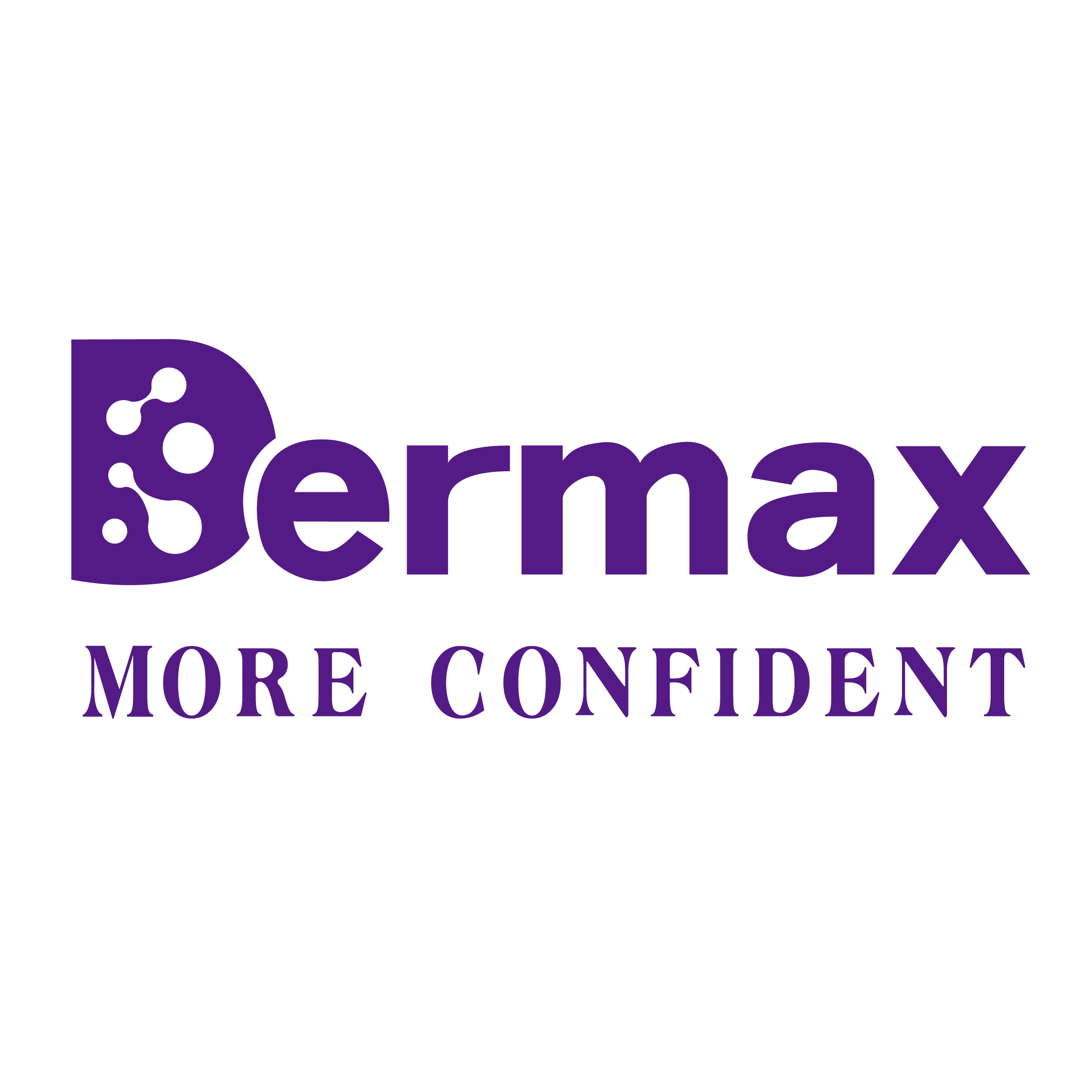

 https://www.facebook.com/profile.php?id=61560092512129
https://www.facebook.com/profile.php?id=61560092512129